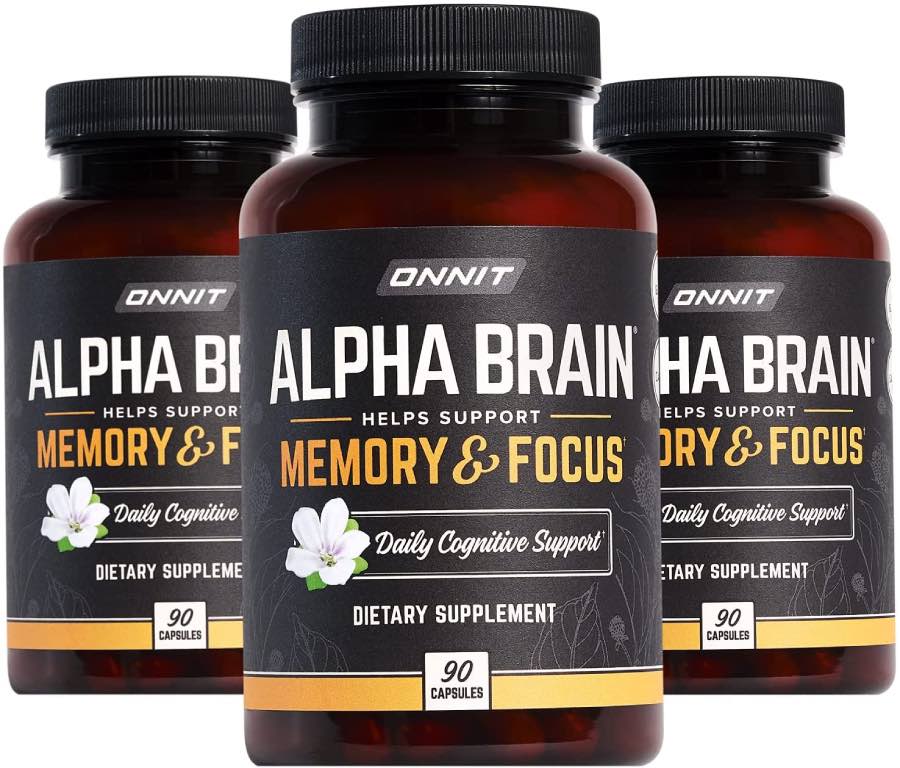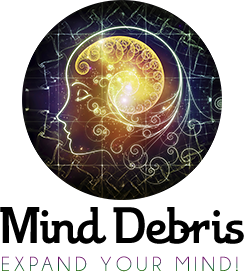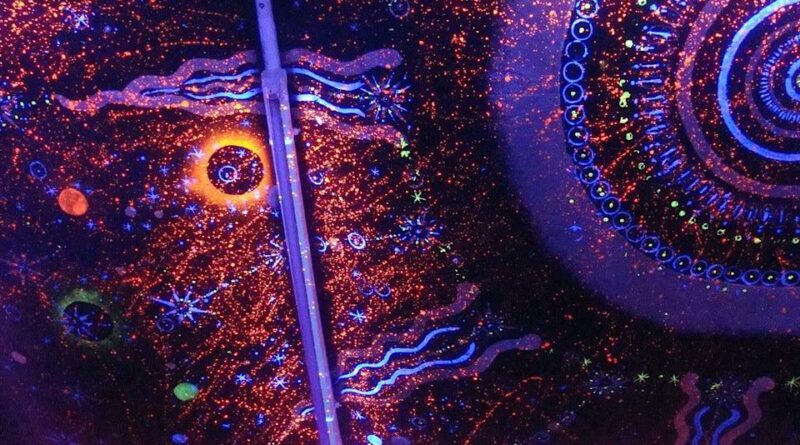DMT Effects on Serotonin
[Please note that this page contains affiliate links. If you choose to purchase after clicking a link, I may receive a commission at no extra cost to you.]
The first psychopharmacological studies in animals and humans proposed that LSD, DMT, mescaline, and other psychedelic applied their main effects on the serotonin system in the brain.
In contrast to human experiments, animal studies have been going the last 30 years and have recognized this neurotransmitter’s critical role irrefutably. Moreover, it has been the most popular and talked about neurotransmitter for years, and there is no too little sign of change.
DMT and the Role it Plays on Serotonin
The safer, newer, and much more efficient antipsychotic pharmacology all have unique outcomes on serotonin. The latest group of antidepressants, where Prozac reigns as the most popular, additionally it precisely adapts this neurotransmitter’s function.’Researchers now think that entheogens mimic serotonin most of the time, and on the other hand, it blocks them in others.
Consequently, scientists are now interested in determining which of the 20 distinctive serotonin receptor types of psychedelics attach themselves to.
These various landing sites for serotonin happen in large concentrations of brain nerve cells areas controlling a host of critical physical and psychological processes: hormone, temperature regulation, and cardiovascular as well as mood, feeding, sleep, motor control, and perception.
DMT is close to serotonin, and psychedelics affect the neurotransmitter so widely. Thus, the pharmacological medicine of DMT is like that of other psychedelics.
DMT and other Psychedelic Effects
DMT similarly affects serotonin receptors such as mescaline, psilocybin, LSD, and psilocybin. In addition, serotonin receptors are found extensively throughout the body, in the skin, muscles, blood vessels, and glands.
However, the brain is where DMT employs its most fascinating effects. The brain is rich with these DMT-sensitive serotonin receptors concerned with thought, mood, and perception.
While the brain does not allow access to many chemicals and drugs, DMT takes a specific and extraordinary fancy. DMT is not bending the truth to propose that our brains “hunger” for it.
Serotonin and DMT
After showing what DMT did, the biomedical model must determine how these effects happen. Researchers call these mechanism-of-action studies. Although the research was pharmacologically based, the follow-up experiments would determine which brain receptors facilitated the effects of DMT.
The first of these studies was called the pindolol project. Pindolol is a pharmaceutical used in medicine to help lower high blood pressure. This happens because it blocks specific adrenaline receptors.
Another action that pindolol does is block a serotonin receptor in the brain, called the serotonin “1A” site. DMT attaches itself to 1A receptors in the brains of animals, which may be the site involved in DMT’s effects.
If blocking the serotonin 1A site with pindolol would make for a less emotional experience about DMT alone, researchers would hypothesize that the 1A site controlled the emotional responses brought on from DMT. Pindolol improved the psychological and blood pressure effects of DMT.
Sources:
Book – DMT: The Spirit Molecule by Rick Strassman (2001)


